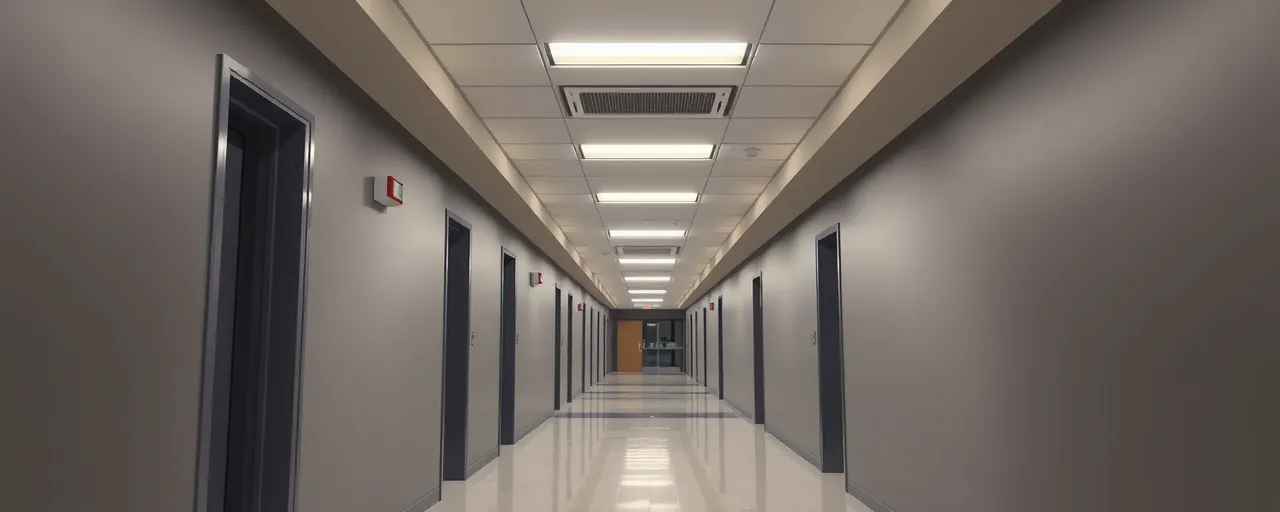The Fed’s Plan to Slim Down
The Federal Reserve, the engine behind U.S. monetary policy, has unveiled a plan to reduce its workforce by roughly 10 percent over the coming years. Relying on natural attrition and targeted hiring freezes, the cuts will focus on roles like payment processing and IT, where automation has taken hold. For an institution steering the nation through inflation and job market swings, this move is stirring debate about its future effectiveness.
The decision reflects a broader push to modernize. Advances in technology, from AI analytics to robotic process automation, are transforming how the Fed operates. By trimming roles no longer essential, the central bank hopes to stay agile in a digital age. Yet the plan prompts a critical question: can the Fed maintain its expertise while pursuing a leaner operation?
What’s Driving the Reduction
The Fed’s workforce cut stems from both fiscal realities and technological shifts. Government payrolls, including the Fed’s, consume a significant portion of public budgets—about 20 percent in developed nations. In the U.S., federal staffing reductions are expected to save $105 billion this year, though that’s a small fraction of the $36 trillion national debt. The Fed’s aim is to streamline costs while preserving its mission of stable prices and full employment.
Technology plays a central role. The Fed has already eliminated 300 jobs this year, mainly in IT and check processing, as digital systems take over repetitive tasks. Globally, governments are adopting similar tools, with forecasts suggesting nearly half of public-sector jobs could be automated by 2030. The Fed’s strategy aligns with this trend, prioritizing efficiency in an era of rapid technological change.
Weighing the Benefits and Risks
The plan has its skeptics. Some argue that cutting staff could erode the Fed’s ability to tackle complex economic issues. Past crises, like the 2008 financial meltdown and the Covid-19 pandemic, underscored the value of deep expertise for swift, effective action. Advocates for robust staffing emphasize that preserving roles in bank supervision and economic research is vital to prevent vulnerabilities in the financial system.
Others see the cuts as a chance to refocus. Supporters of a smaller Fed argue that automation can handle routine work more effectively, allowing resources to shift toward high-impact areas like monetary policy. This perspective echoes historical efforts, such as the 1980s Grace Commission, which sought to reduce federal payrolls to eliminate inefficiencies.
Public sentiment complicates the picture. Americans are divided: roughly half believe the government oversteps, while others want it to address major challenges. Many view federal agencies as wasteful, though trust varies widely—agencies like the National Park Service enjoy strong support, unlike others such as the IRS. For the Fed, balancing efficiency with public confidence will be a tightrope walk.
Navigating an Uncertain Future
The Fed’s success depends on execution. By avoiding layoffs and focusing on attrition, it aims to minimize disruption. Leaders have pledged to retrain and redeploy staff to critical areas, drawing lessons from past efforts like the 1990s National Performance Review, which paired workforce cuts with modernization to maintain service quality.
Challenges persist. Global examples show that poorly managed downsizing can weaken public services without strong transition plans. The Fed must ensure automation doesn’t outstrip its ability to retain expertise. With its role in economic stability under scrutiny, any misstep could undermine public trust.
For most Americans, the effects may not be immediate, but they matter. The Fed’s ability to blend efficiency with resilience will influence its capacity to guide the economy through turbulent times. As technology reshapes public institutions, the central bank’s approach could signal how others adapt to a fast-evolving landscape.
